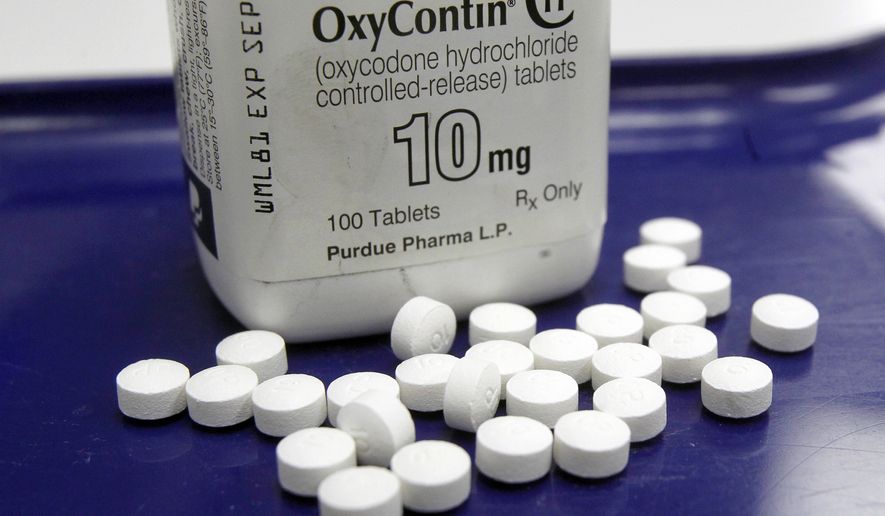A new all-female nonprofit task force plans to tackle the growing problem of opioid addiction in women, saying that about 7,000 women each year die due to the stigma associated with addiction.
The Female Opioid-addiction Research and Clinical Experts (FORCE) announced Thursday new efforts to reduce treatment barriers and alter the conversation about the treatment of addicts in the health care system.
FORCE member Behshad Sheldon, president and CEO of Braeburn Pharmaceuticals, said the current system “criminalizes [the] disease rather than treating it.”
Ms. Sheldon, who was prescribed opioids for chronic back pain, says she understands the need for continued access to such drugs, and believes that the epidemic feeds on the stigma surrounding addiction treatment.
“Opioid dependency is about chemistry, not character,” said Dr. Nora Volkow, director of the National Institute on Drug Abuse.
Dr. Volkow has been instrumental in classifying drug addiction as “a brain disease and not a moral failing,” Ms. Sheldon said. In addition to producing research that has improved treatment options, Dr. Volkow helped create the lifesaving drug NARCAN, a nasal spray that helps restore normal breathing after an opioid overdose.
Thursday’s press conference identified achievements in the medical community and noted that further steps are needed to combat opioid casualties in the war on drugs.
According to the American Society of Addiction Medicine, drug overdose is the leading cause of accidental death in the U.S. — with 47,055 lethal overdoses in 2014, 18,893 of which were related to prescription painkillers and 10,574 to heroin.
Dr. Andrea Barthwell, a former White House deputy director of demand reduction under President George W. Bush, said that while NARCAN saves lives, it is not a treatment option, and more must be done to provide long-term outpatient care for opioid addicts.
“When we see opioid deaths, we see untreated dependence for use disorders. What we see in terms of the deaths is really being driven by a system that has decided to deal with opioid abuse disorders by resurrecting someone from an overdose death and then sending that person back out to their previous life without a treatment intervention,” said Dr. Barthwell.
Parents need to do more than put NARCAN in their bathroom closet; they need to seek treatment for addicted loved ones, she said.
Health care advocacy for addicts has been an uphill battle, FORCE members said. While treatment has improved and a growing percentage of the medical community is seeking solutions, the task force hopes to end government policies that criminalize addicts and discourage health care providers from making treatment possible.
FORCE’s female-focused work is not to “alienate half of the population” but to address opioid abuse among women and direct educational efforts at women due to their role as family health care decision-makers, members said.
Over the last 15 years, female fatalities from opioid use have increased by more than 500 percent. Men have long outnumbered women in drug abuse, but Ms. Sheldon said women are on pace to catch up to, if not surpass, their male counterparts.
Women are more likely to experience chronic pain, be prescribed addictive painkillers and take them in larger quantities and more frequent doses than men, according to a recent study from the American Society of Addiction Medicine. Others studies suggest that women may be at greater risk of developing drug dependence.
Only 23.4 percent of men involved in illicit drug use report abuse of prescription opioids, compared to 44.4 percent of women. Female opioid fatalities are the fastest-growing demographic in drug-related deaths, with 48,000 deaths from 1999 to 2010.
• Aubri Juhasz can be reached at ajuhasz@washingtontimes.com.




Please read our comment policy before commenting.